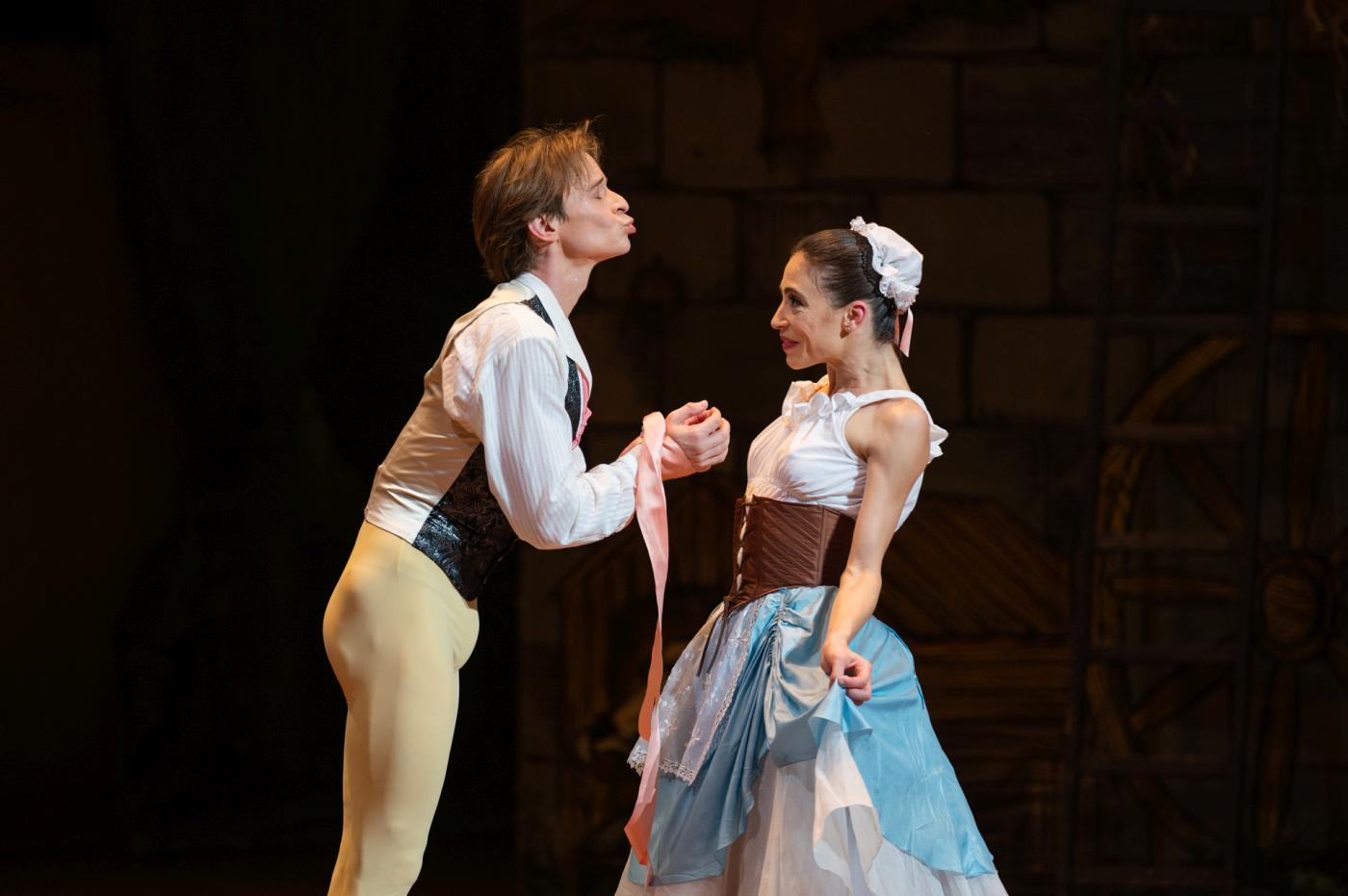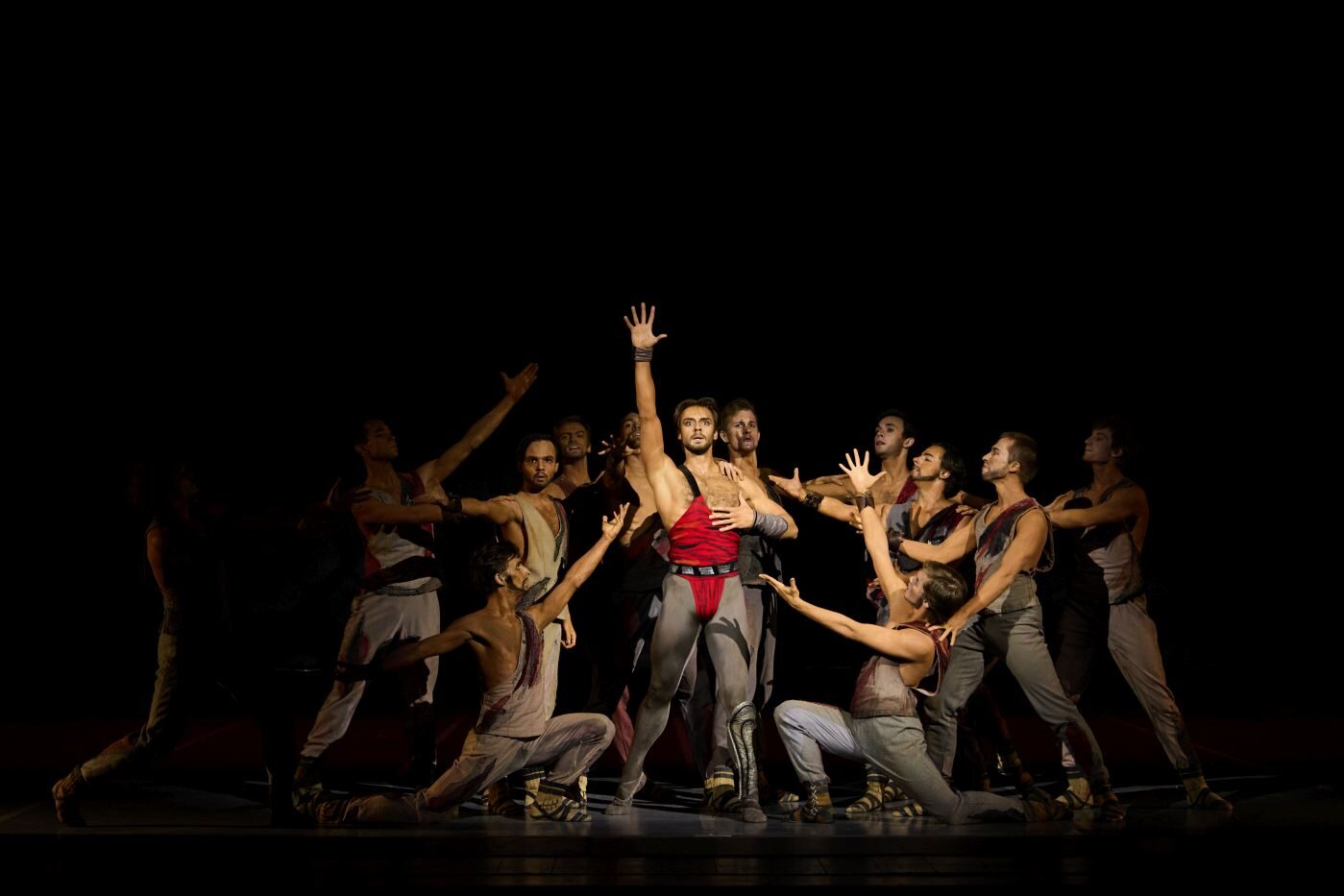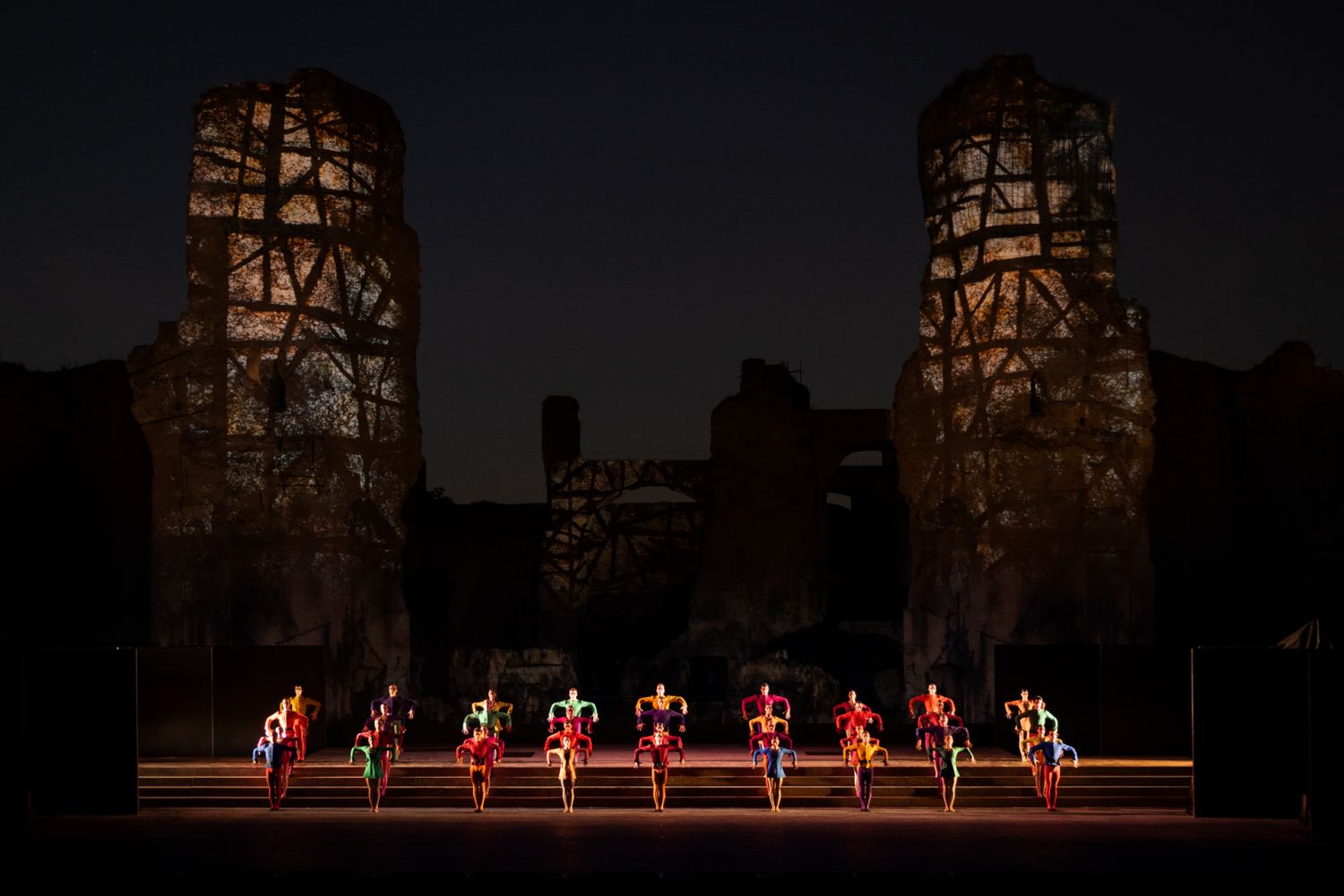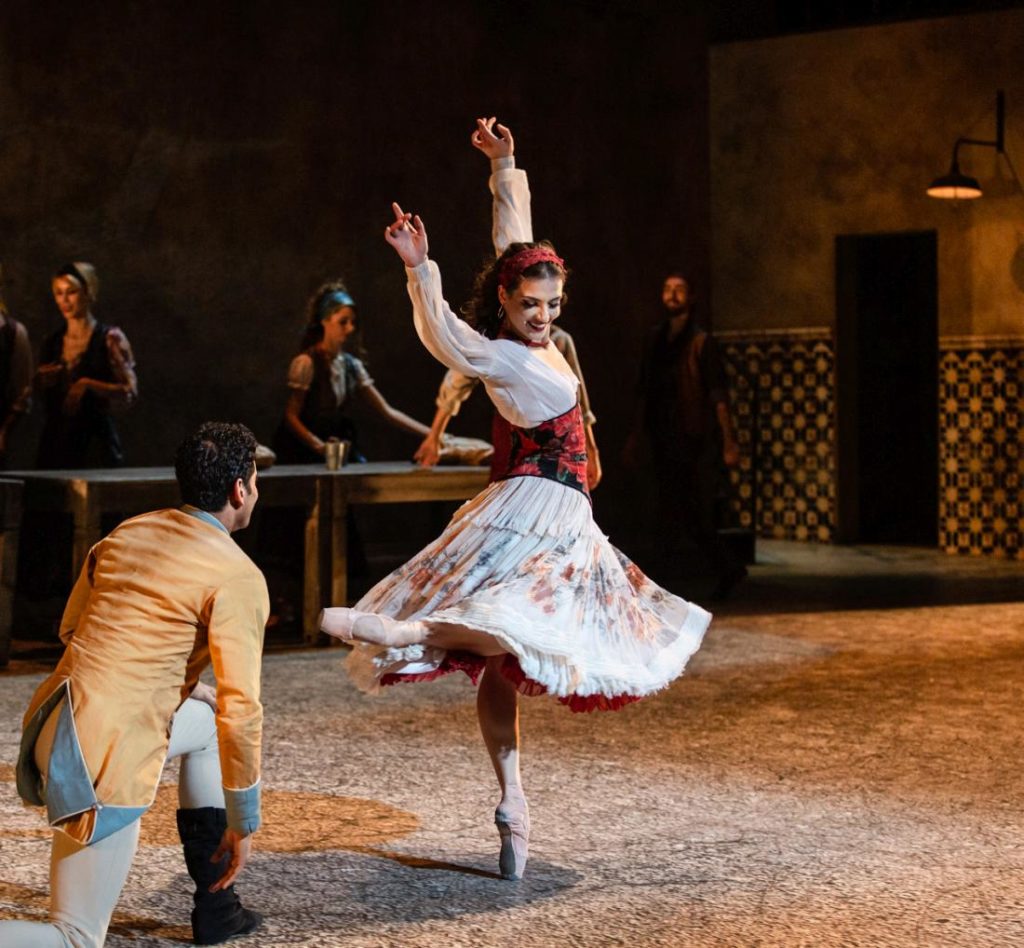An Insidious Cultural Erosion
“La fille mal gardée”
Ballet of the Teatro dell’Opera di Roma
Teatro Costanzi
Rome, Italy
May 06, 2023 (matinee and evening performance)
by Ilona Landgraf
Copyright © 2023 by Ilona Landgraf
 Two performances of Frederick Ashton’s hilarious “La fille mal gardée” in sunny Rome – doesn’t that sound irresistible? Laughter is inevitable when Lise, the wayward peasant’s daughter, mischievously arranges tête-à-têtes with her lover Colas. That’s how I’ve experienced “La fille mal gardée” previously.
Two performances of Frederick Ashton’s hilarious “La fille mal gardée” in sunny Rome – doesn’t that sound irresistible? Laughter is inevitable when Lise, the wayward peasant’s daughter, mischievously arranges tête-à-têtes with her lover Colas. That’s how I’ve experienced “La fille mal gardée” previously.
This time, though, the laughter stuck in my throat. Too much did the overexcited quirks of Lise’s mother Simone – a role traditionally danced in drag – remind me of reality. A reality that – at least in some of the western countries – has been shaped by the LGBTQ+ community’s persistent effort to be celebrated within mainstream culture. Bearing in mind some of their avid advocates (the transgender model Dylan Mulvaney, for example, or the drag queen Joshua Kelley who recently was appointed the US Navy’s first digital ambassador), I don’t find Simone funny anymore. And worse, the moment a sense of reality sneaks into Ashton’s village folk, the characterization of Alain (Simone’s favorite son-in-law) as the village idiot becomes unbearable too. Though of marriageable age, he clings to his wealthy father’s coat-tails like an infant. Lise disdains him; the village youth laughs down at him – and so do we. But isn’t he actually the victim of nasty bullying? (more…)


